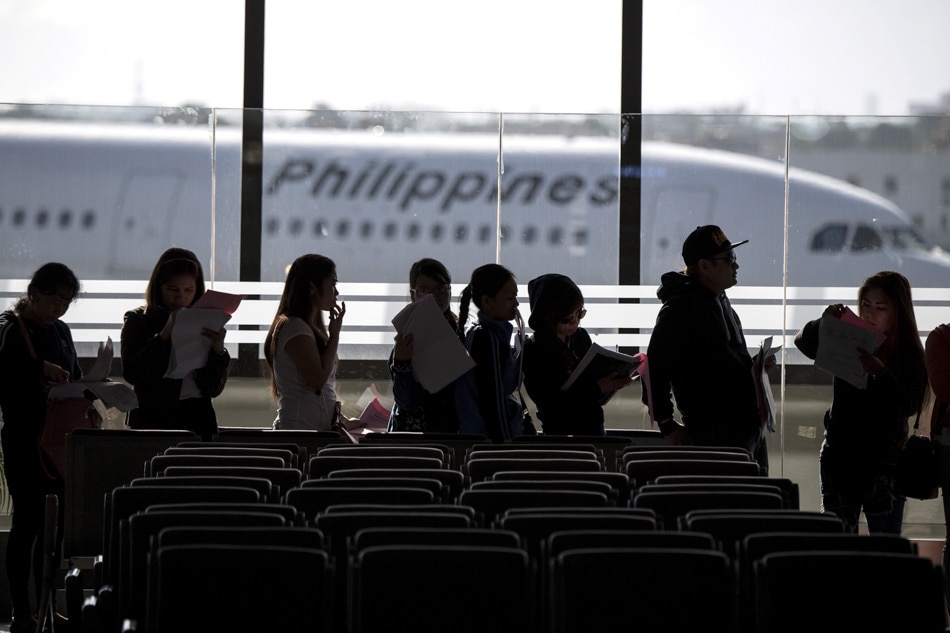Doubles Entry For Filipinos
31 October 2021
The National Task Force on Emerging and Infectious Diseases (NTF-IATF) has approved the easing of entry restrictions to the Philippines on Thursday, as Covid19 transmission in Metro Manila continue to decline.
From passenger cap of 2,500 passengers per day, IATF has now increase the quarantine capacity to 6,000 passengers upon recommendation of the Technical Working Group (TWG) headed by DOTr.
Ninoy Aquino International Airport (NAIA) will double its capacity from 1,200 passengers to 3,000, while Mactan Cebu will double entry capacity from 1,000 to 2,000 passengers per day. The 1,000 passenger increase is allocated to Clark, Subic, and Davao.
The government also approved international transit of passengers between terminal 1, terminal 2 and terminal 3 of NAIA, the new quarantine regulation discloses.
International transit was previously available only in Terminal 2 for green listed countries. Now it included yellow listed countries.
Philippine Airlines (PAL) are transiting international passengers from the United States to Southeast Asia.
Transit of international passengers between terminals are required to be done airside.
The IATF also approved the increase capacity of all public utility vehicles from fifty percent to seventy percent capacity effective Monday.
Entry to the Philippines by foreign passport holders is still restricted.



































